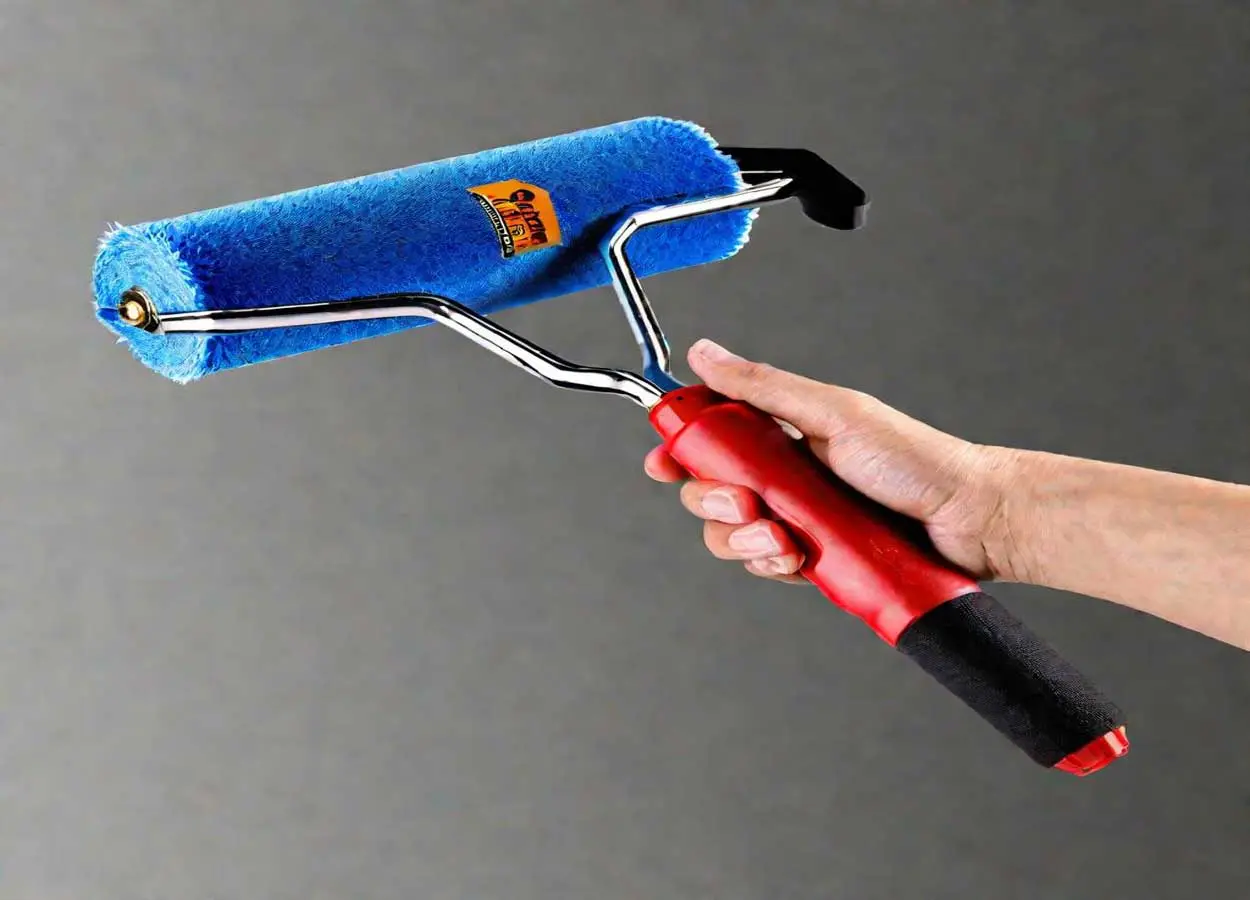Last Updated on May 16, 2024 by Admin
best paint roller is an important part of painting surfaces. When undertaking a home painting project, selecting the right tools is crucial for achieving a professional finish, and finding the best painting roller can make all the difference. This review aims to help you navigate the myriad of options available and identify the top-performing paint rollers that can transform your painting experience. With an honest and impartial approach, this review from Taleb Kasimy Trading Co. will delve into the features, benefits, and drawbacks of the best paint roller on the market, providing you with the insights needed to make an informed decision.
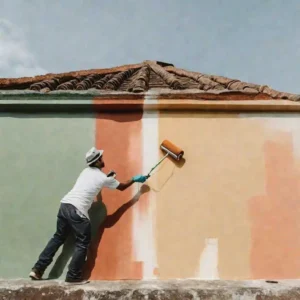
Best Paint Roller for Smooth Surfaces
When it comes to achieving a flawless finish on your walls, the right paint roller can make all the difference. The best paint roller for walls typically features a medium nap, which is ideal for smooth to semi-smooth surfaces. These rollers ensure even coverage and reduce the risk of streaks. One highly recommended option is the Purdy White Dove Roller Cover. Its high-density woven fabric holds a substantial amount of paint, allowing for fewer dips and a more efficient painting process. Additionally, its lint-free design ensures a clean application, making it perfect for both latex and oil-based paints.
Painting ceilings require a roller that can handle the unique challenges of overhead work. For this task of best paint roller, a roller with a longer nap is often preferred, as it can hold more paint and cover textured surfaces more effectively. The Wooster Super/Fab Roller Cover stands out as an excellent choice for ceilings. Its ¾-inch nap is perfect for both smooth and rough surfaces, and its durable construction withstands heavy use without shedding fibers. This roller cover ensures that you can complete your ceiling project with minimal splatter and maximum coverage, even in those hard-to-reach corners.
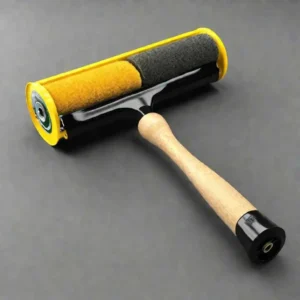
Understanding Different Types of Best Paint Roller
When it comes to home painting, choosing the best paint roller can significantly impact the quality and efficiency of your work. Each type of paint roller is designed for specific applications, surface textures, and types of paint. Below, we look into the characteristics, advantages, and ideal uses for various types of paint rollers to help you make an informed decision for your next painting project.
· Foam Rollers
Foam rollers are typically used for applying gloss or semi-gloss paints on smooth surfaces. Their smooth, dense foam surface allows for even application of paint, minimizing bubbles and ensuring a sleek finish. These rollers are especially effective for small projects, cabinetry, and furniture where a flawless finish is desired. However, they are generally not suitable for rough surfaces as the foam can wear out quickly and may not cover textured areas effectively.
· Microfiber Rollers
they are known for best paint roller and for their excellent paint absorption and release qualities. Microfiber rollers hold more paint than other types of rollers, reducing the need for frequent reloads and thus making the painting process more efficient. These rollers are versatile and can be used on both smooth and lightly textured surfaces, providing a uniform finish. Microfiber rollers are particularly beneficial when working with water-based paints and can be used for interior walls, ceilings, and even exterior surfaces.
· Woven Rollers
Woven rollers are constructed with tightly woven fibers that resist shedding, making them ideal for applying all types of paints, including oil-based and latex paints. These rollers provide a smooth, lint-free finish, which is perfect for high-gloss and semi-gloss paints. They are durable and less likely to splatter, making them a preferred choice for large, smooth surfaces such as walls and doors. Their ability to hold and release paint efficiently also makes them suitable for professional painting jobs.
· Knit Rollers
This roller which can be known as the best paint roller on the market, is characterized by its looped fiber construction, which allows it to hold more paint and cover more surface area in a single pass. This makes them ideal for painting rough or textured surfaces, such as stucco, brick, and concrete. They are effective at reaching into the crevices of rough textures, ensuring complete coverage. However, knit rollers can sometimes shed fibers, so they may not be the best choice for smooth surfaces where a pristine finish is required.
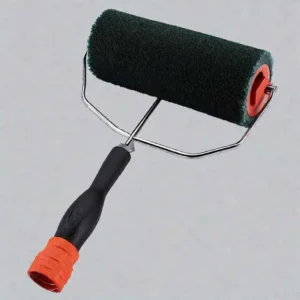
Best Paint Roller for Concrete
Concrete surfaces, whether smooth or slightly textured, benefit from the best paint roller designed to handle their unique characteristics. For concrete, a roller with a medium to thick nap, around 1/2 inch to 3/4 inch, is ideal. These rollers can hold a substantial amount of paint and distribute it evenly across the surface. For smooth concrete surfaces, woven rollers are a preferred option as they provide a lint-free finish and reduce the risk of roller marks. On the other hand, for rougher concrete, such as garage floors or outdoor patios, using a roller with a polyester or blend fabric can improve coverage and durability.
Epoxy-specific rollers are also worth considering as the best paint roller and the time you painting concrete, especially if you’re using high-performance coatings or sealers. These rollers are designed to resist solvents and provide a smooth, professional finish without shedding fibers.
Optimal Rollers for Brick and Masonry
Brick and masonry surfaces, characterized by their irregularities and porous nature, require rollers that can navigate the varied textures and provide even paint coverage. For these surfaces, a thick nap roller, usually 3/4 inch to 1 1/4 inch, is essential. This thickness allows the roller to hold ample paint and reach into the deep grooves and crevices of brick and masonry. Rollers with a lambswool or synthetic blend nap are particularly effective for brick and masonry. These materials that are used in the best paint roller are durable and can withstand the abrasiveness of the surface, ensuring a consistent application. Additionally, they help minimize splatter, which is often a challenge when painting highly textured surfaces.
Using a primer specifically designed for masonry before applying the topcoat can also improve the adhesion and longevity of the paint job. Moreover, employing a back-and-forth rolling technique can aid in filling the porous surface, resulting in a more uniform and attractive finish.
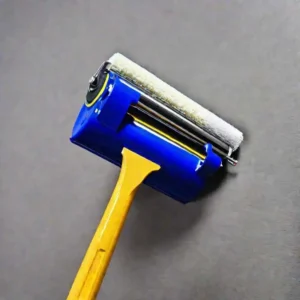
Comparing Budget vs. Premium Paint Rollers
When it comes to budget best paint roller, affordability is the primary advantage. These rollers are typically designed for homeowners or DIY enthusiasts who might only need them for occasional use. They often feature synthetic materials and basic construction, which can keep costs low. Although they may not provide the same level of durability or finish as their premium counterparts, they can still deliver satisfactory results for smaller projects or one-time use. One thing to consider is that budget rollers may require more frequent replacement, which could offset the initial cost savings over time.
On the other end of the spectrum of the best paint roller, premium paint rollers are engineered for performance and longevity. These high-end rollers often feature superior materials like microfiber or high-density foam, which provide a smoother finish and better paint coverage. They are particularly valuable for professional painters or anyone tackling extensive painting projects. High-end rollers are designed to last longer and are often easier to clean, making them a more sustainable option in the long run. The high initial cost can be justified by the quality of the finish and the reduced need for replacement.
Conclusion
selecting the best paint roller for your home painting project is vital for achieving a high-quality and efficient finish. From choosing the appropriate roller material to ensuring proper maintenance and care, each step plays a significant role in the outcome of your project. For smooth surfaces, a roller with a shorter nap length will provide a flawless finish, ideal for walls, cabinets, and furniture. On the other hand, for textured surfaces, opting for a roller with a longer nap length ensures that the paint reaches every crevice, resulting in a professional and durable finish.
Cleaning and maintaining the best paint roller will extend their lifespan and maintain their performance while selecting between budget and premium options can impact both the cost and quality of your work. Moreover from Taleb Kasimy Trading Co., mastering the correct rolling technique is crucial to avoid common pitfalls like overloading the roller with paint, which can lead to drips and uneven application. By considering these factors and applying expert tips, you can ensure a smooth, even, and professional-looking paint job for any home painting project.

